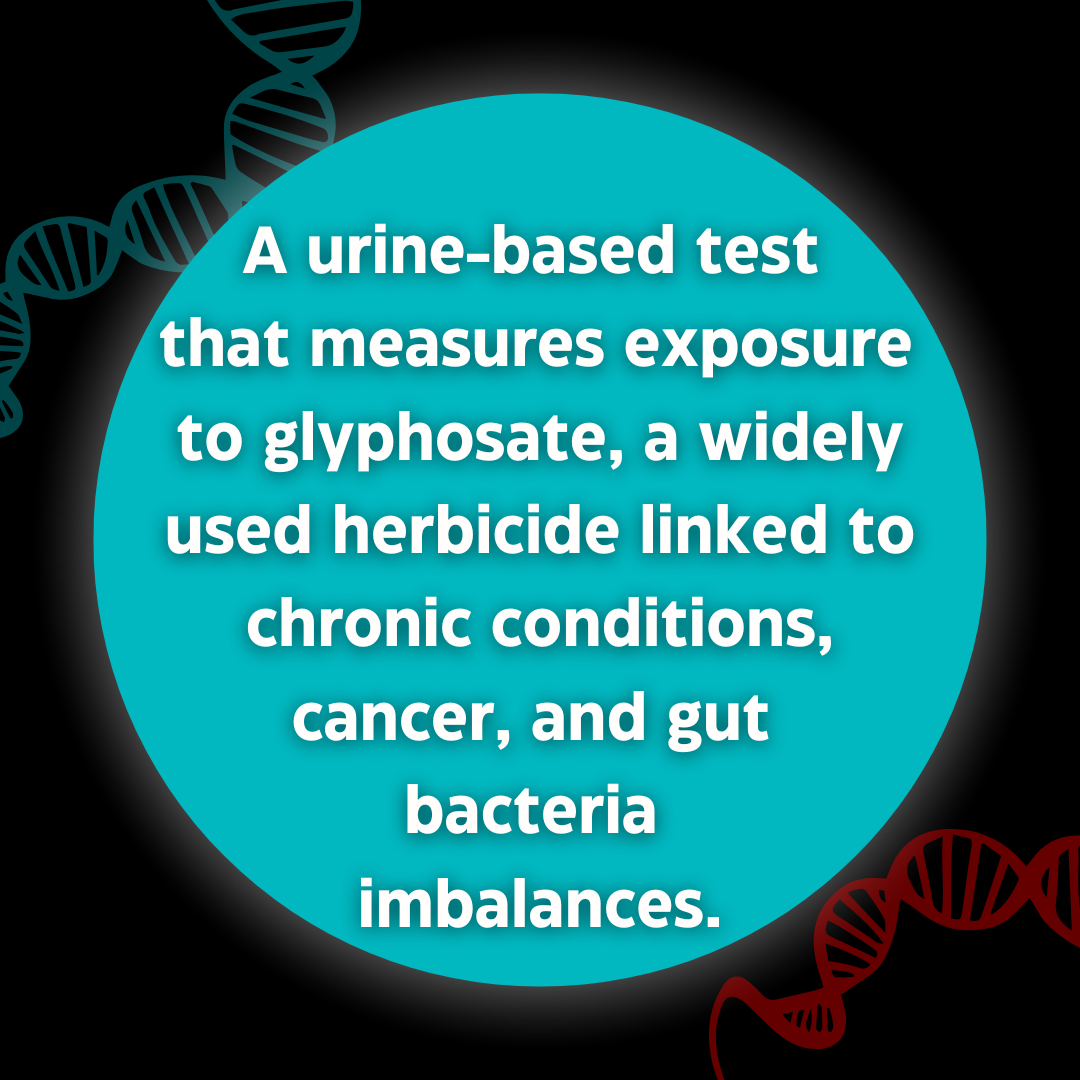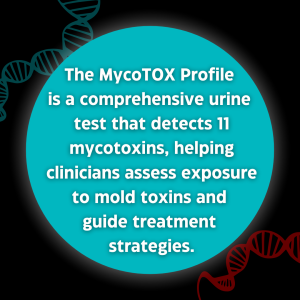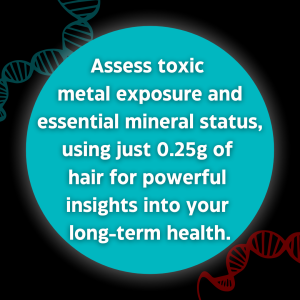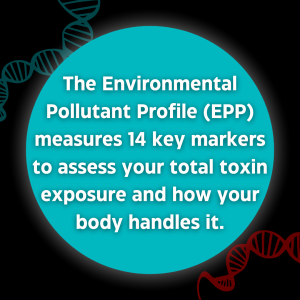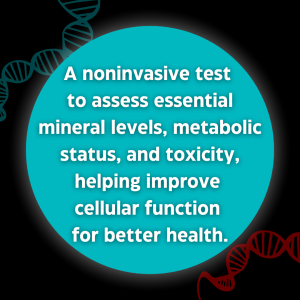Description
What Patients Might Benefit from Glyphosate Testing
There is a strong correlation between glyphosate usage and several chronic illnesses. While correlations do not necessarily imply causation, these findings do raise concerns about the widespread use of a chemical that affects all life on earth.
Studies have found high correlations between glyphosate exposure and diseases and conditions like:
Acute kidney failure, Alzheimer’s, Autism, Cancers such as thyroid, liver, bladder, pancreas, kidney, and myeloid leukemia, Diabetes, Disorders of lipoprotein metabolism, End-stage renal disease, Hypertension, Inflammatory bowel disease, Intestinal infections, Multiple sclerosis, Obesity, Parkinson’s, Senile dementia, Stroke.
Why Test for Glyphosate Toxicity?
The main ingredient in herbicides is glyphosate, a molecule that prevents plants from making proteins, so they die. Glyphosate kills the broadleaf weeds and grasses that compete with crops. More than five billion pounds is sprayed worldwide, which ends up in our air, water, and soil.
Glyphosate can enter the body by direct absorption through the skin, by eating foods treated with glyphosate, or by drinking water contaminated with glyphosate. According to a 2022 CDC study, glyphosate is in 75% of rainfall, 75% of air, and 80% of Americans. The level of glyphosate in our system has grown from trace levels in Europeans to 1.75 milligrams per kilogram of body weight in Americans.
Assessment of glyphosate exposure is critical in understanding total toxic body burden. There is a strong correlation between glyphosate usage and several chronic illnesses. While correlations do not necessarily imply causation, these findings do raise concerns about the widespread use of a chemical that affects all life on earth. In March 2015, IARC classified glyphosate as “probably carcinogenic to humans” (Group 2A). IARC also concluded that there was “strong” evidence for genotoxicity, both for “pure” glyphosate and for glyphosate formulations. To reach these conclusions, IARC reviewed about 1000 studies. Some of the studies looked at people exposed through their jobs, such as farmers. Others were experimental studies on cancer and cancer related effects in experimental systems.
Treatment of glyphosate toxicity should be centered on determining the route of introduction and avoiding future exposure. Eating non-GMO (genetically modified organism) foods and drinking reverse osmosis water are two of the best ways to avoid glyphosate.

